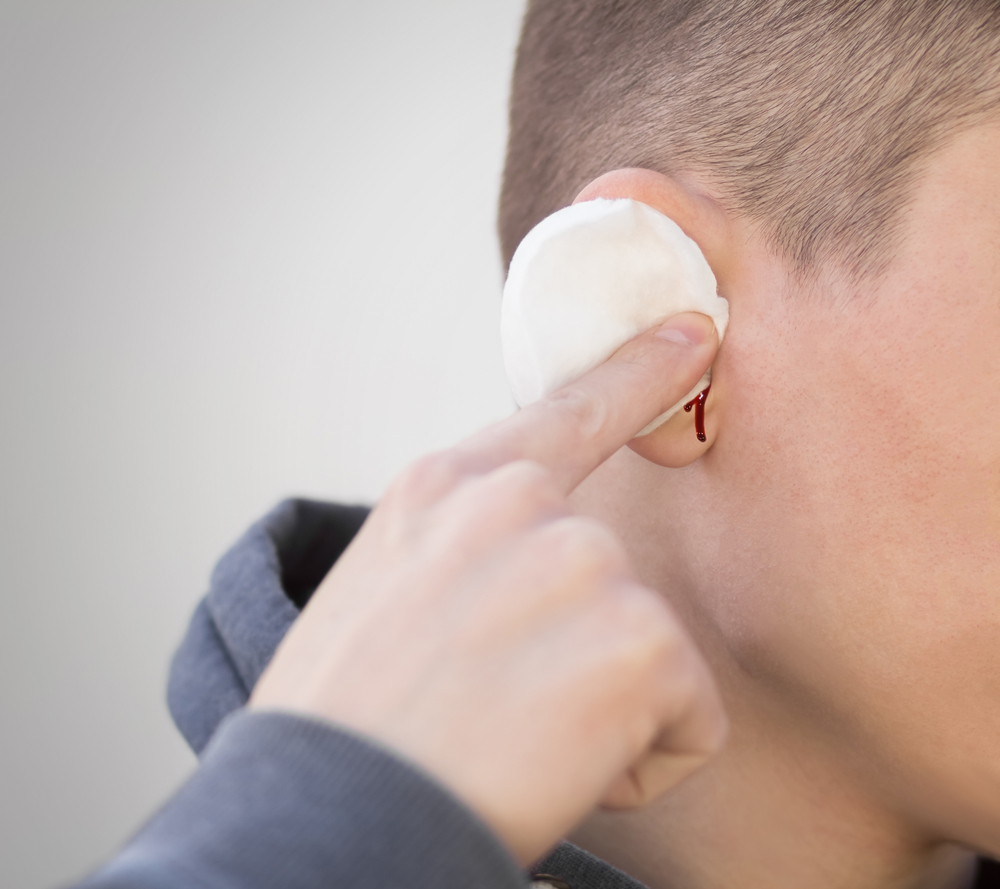According to the American Lung Association, the average adult gets 2-4 colds per year. A cold is a mild infection triggered by one of the 200 potential cold viruses. Approximately 10-40% of colds result from the rhinovirus, mainly affecting the nose and sinuses. Other variations of the cold virus include the coronavirus, which primarily affects the throat, and the respiratory syncytial virus (RSV), which impacts the lungs. An estimated 30% of colds are caused by unknown bugs. If you catch one of these bugs, you may have a variety of cold symptoms.
While the common cold is widely recognized for causing nasal congestion, less attention is given to other, less common symptoms. An example of such a symptom is a cold that affects one or more ears. Although colds are generally perceived as harmless, it’s crucial not to overlook this specific ear-related symptom and here’s why.
When a cold has moved into your ears
The sinuses are directly linked to the ears, so it’s common to feel some congestion in the ears during a cold. This congestion is often alleviated by taking a decongestant to address sinus symptoms.
However, if you experience pain within the ears, particularly during a cold, it’s a symptom that should never be ignored. When a cold extends into the ear, it can result in an infection of the eardrum, leading to inflammation. Inflammation triggers an immune response, causing fluid to accumulate on the outer side of the eardrum. Consequently, individuals with an inflamed eardrum may experience a gradual leakage of fluid, most noticeable when sleeping on one’s side.
This not only affects short-term hearing, known as conductive hearing loss, but it can also lead to the eardrum rupturing, resulting in long-term hearing loss. Furthermore, the inflammation can cause permanent damage to the hearing nerves, known as sensorineural hearing loss.
Why you shouldn’t wait to get ear pain checked out
If you’re experiencing ear pain, it’s crucial to seek professional examination. Often, individuals and even primary care doctors assume that ear symptoms will resolve when the primary cold does, and patients might not mention actual pain in the ear. However, if pain is present, the infection has progressed to a point where it can cause damage to the ear. Prompt treatment of the ear infection is essential to prevent further harm.
Many people who endure ear pain during a cold may recover from the cold, only to discover lingering ear pain. It’s often at this point that individuals decide to consult an ENT specialist. Unfortunately, by this time, considerable damage may have already occurred, leading to potential permanent hearing loss, especially for those prone to ear infections.
With each infection, eardrum perforations and scar tissue may develop, gradually impacting hearing over time. In a healthy individual, the eardrum acts as a barrier between the middle ear and inner ear. Once the eardrum becomes perforated, any infection that was initially confined to the middle ear can now enter the inner ear, potentially causing harm to the irreplaceable tiny nerve cells crucial for hearing.
What to do if you waited to treat an ear infection
Don’t be too hard on yourself. Many people mistakenly assume that ear pain during a cold is normal, when, in fact, it can indicate a more serious infection. If you’re experiencing ongoing hearing loss or ear pain following a cold, it’s advisable to schedule an appointment with an ENT professional sooner rather than later.
If you’re struggling with ear pain or hearing difficulties post-cold, it’s essential to have it examined. Contact an ENT specialist near you to schedule an appointment



